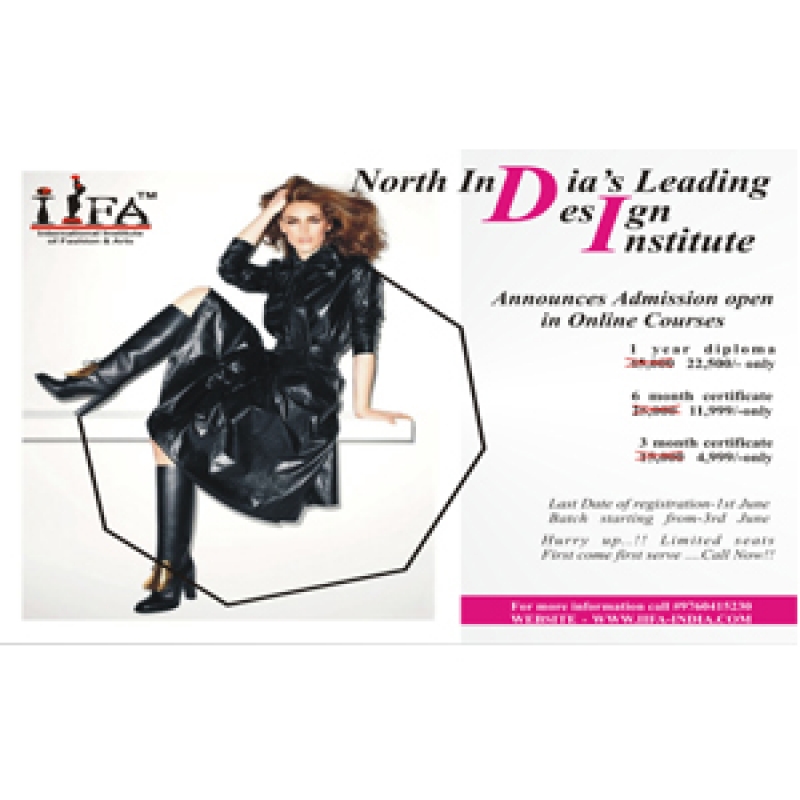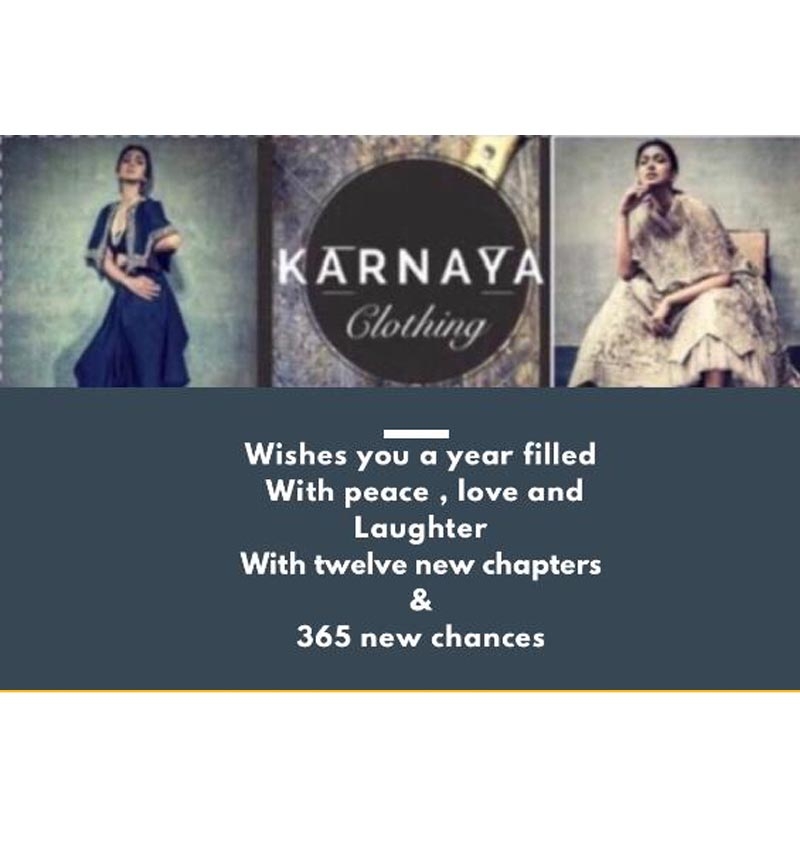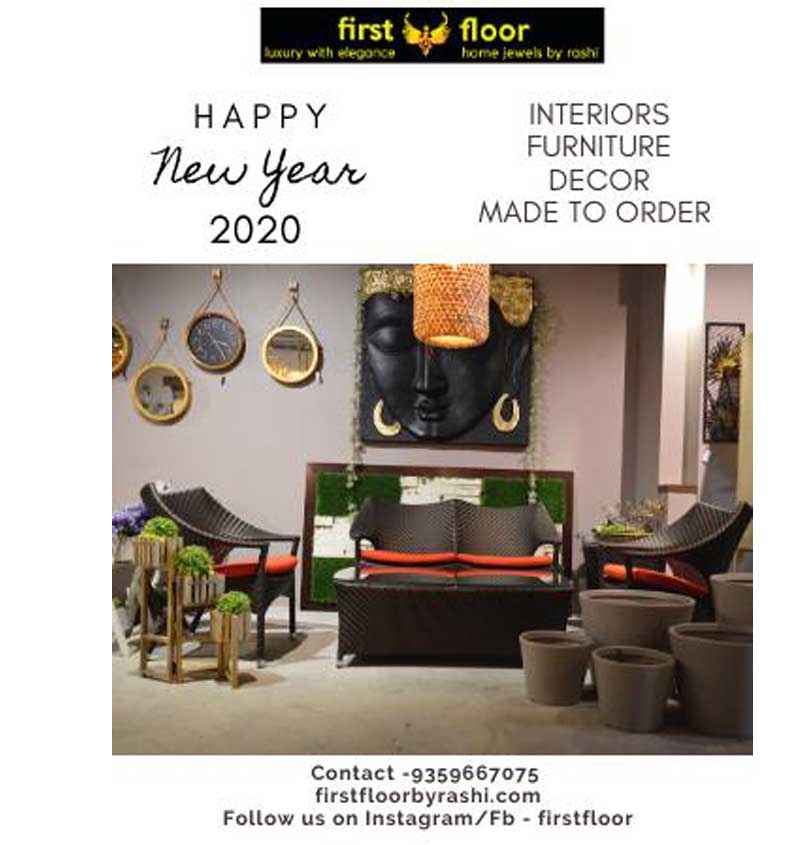1. Balance
Balance in fashion refers to the distribution of visual weight in an outfit. It can be symmetrical or asymmetrical:
-
Symmetrical balance occurs when both sides of an outfit mirror each other, offering a classic and harmonious look.
-
Asymmetrical balance is more dynamic, using uneven elements that still maintain visual stability.
This principle ensures that an outfit looks intentional rather than chaotic.
2. Proportion
Proportion deals with the relationship between the sizes of different parts of a garment or outfit. For instance, pairing a fitted top with wide-leg pants creates a balanced silhouette. Good proportion can flatter the body and emphasize or de-emphasize certain features.
3. Emphasis
Emphasis is about drawing attention to a focal point in an outfit. This could be a bold color, a unique accessory, or an interesting detail like a ruffle or pattern. Designers use emphasis to highlight a garment’s unique features and to guide the viewer's eye.
4. Rhythm
Rhythm in fashion is created through the repetition of elements like patterns, lines, or colors. This repetition leads the eye smoothly across the garment or ensemble. For example, a dress with a repeating stripe pattern or coordinated accessories creates a sense of rhythm and unity.
5. Harmony (Unity)
Harmony ensures that all elements of an outfit work well together. It’s the cohesive blend of color, texture, shape, and style. An outfit with harmony feels complete and aesthetically pleasing without any one part overwhelming the rest.
6. Contrast
Contrast adds interest and excitement to an outfit. It’s achieved by combining opposing elements—like light and dark colors, different textures, or casual and formal pieces. Effective use of contrast can make a fashion statement and express bold personal style.
7. Movement
Movement in fashion refers to the flow and dynamism of an outfit. It’s influenced by the garment’s cut, fabric type, and design details like pleats or fringe. Movement can create elegance and energy, adding a sense of life to the clothing.
Conclusion
The principle of fashion is a blend of art and science. While trends may change, these core principles remain constant, guiding designers and style enthusiasts in creating looks that are not only beautiful but also meaningful and expressive. Understanding and applying these principles can enhance personal style, improve design skills, and deepen appreciation for fashion as a form of art.



















Your Message